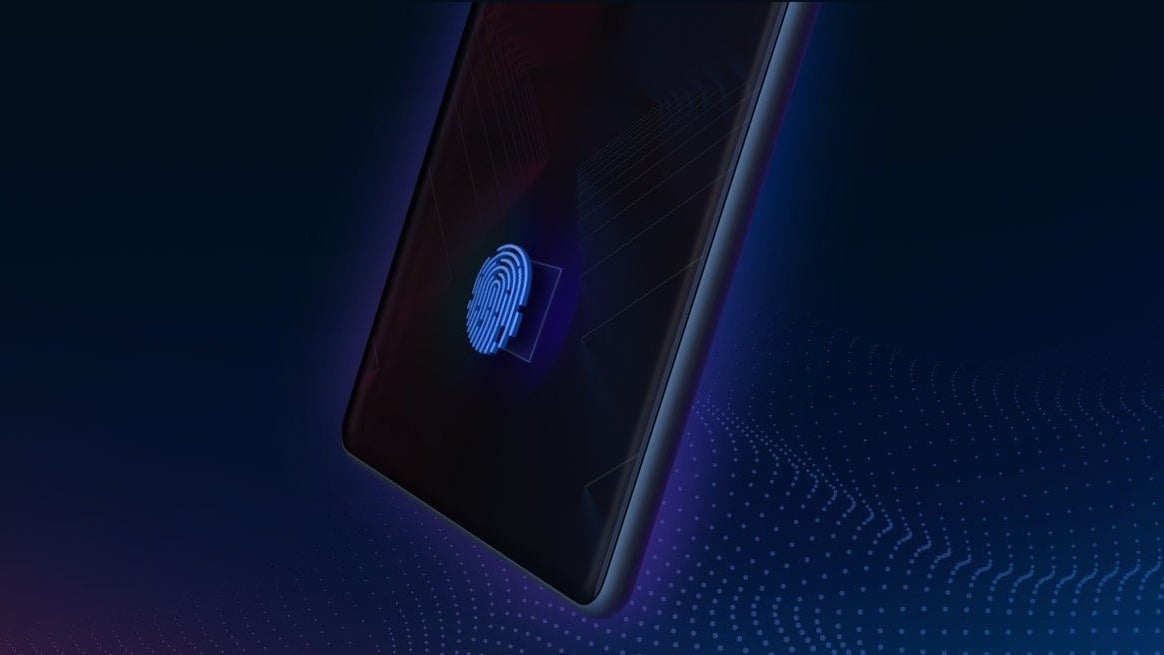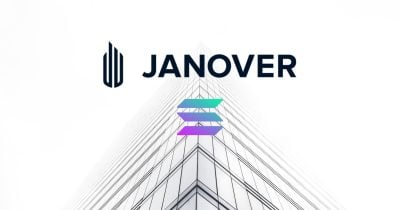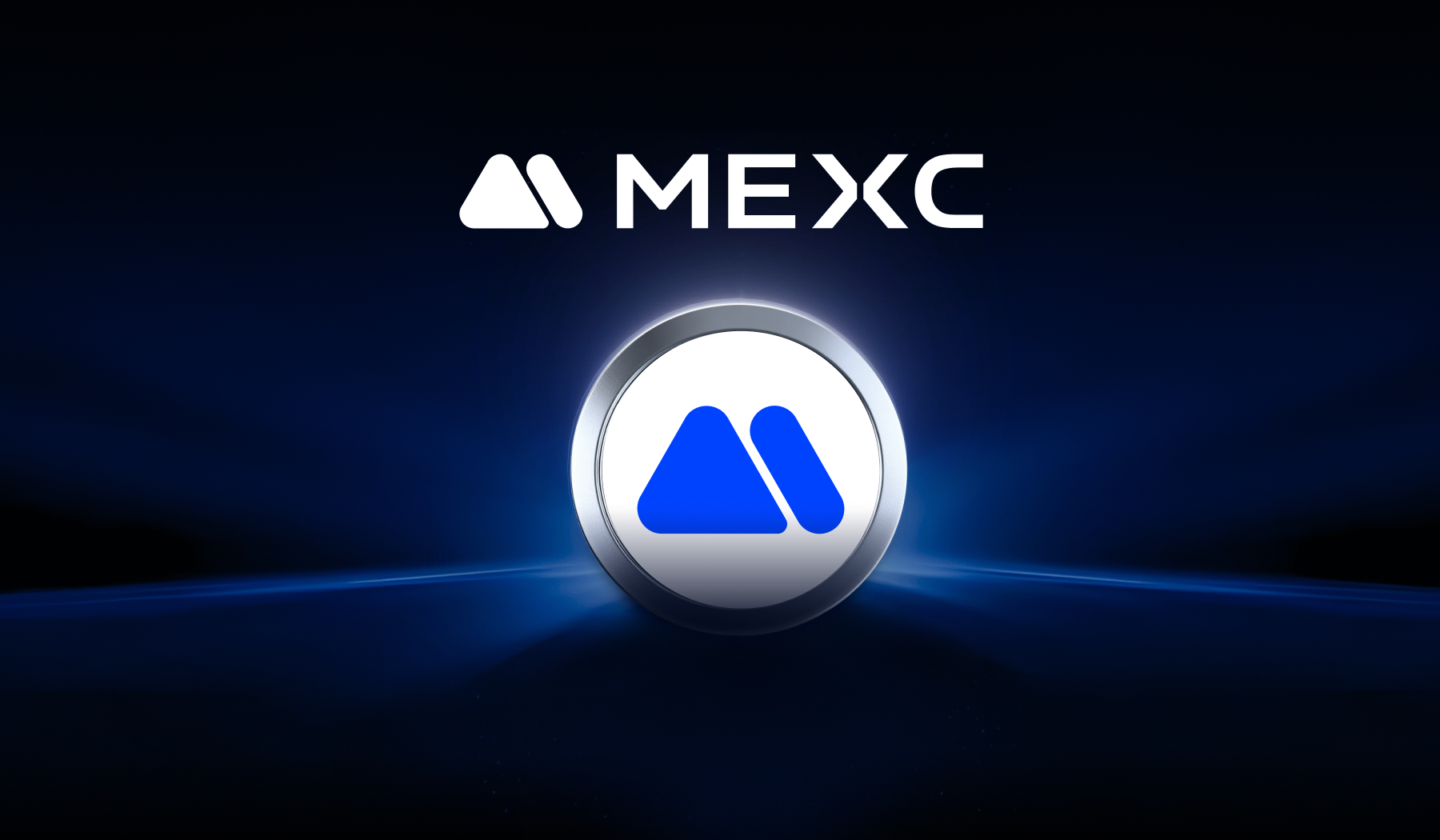CISOs Face Cyber Threats 2025 with Shrinking Budgets and High Demands
Chief Information Security Officers (CISOs) find themselves at the intersection of escalating threats, tighter budgets, and rising expectations. This year marks a pivotal moment for CISOs as they adapt to new challenges while striving to align security strategies with business objectives. Below, we explore the evolving role of CISOs under three critical themes: navigating budget […] The post CISOs Face Cyber Threats 2025 with Shrinking Budgets and High Demands appeared first on Cyber Security News.

Chief Information Security Officers (CISOs) find themselves at the intersection of escalating threats, tighter budgets, and rising expectations.
This year marks a pivotal moment for CISOs as they adapt to new challenges while striving to align security strategies with business objectives.
Below, we explore the evolving role of CISOs under three critical themes: navigating budget constraints, addressing emerging threats, and redefining leadership in cybersecurity.
Navigating Budget Constraints Without Compromising Security
Budget cuts are a significant concern for CISOs in 2025, with many organizations scaling back investments in cybersecurity despite increasing risks.
These financial constraints have led to delayed security updates, reduced licensing costs for critical tools, and hiring freezes.
To manage these challenges effectively, CISOs are adopting innovative cost-saving strategies:
- Automation: Automating risk management processes and threat detection reduces operational costs while maintaining robust defenses.
- Consolidation: Many organizations are shifting toward unified security platforms to streamline operations and reduce complexity. This approach integrates multiple tools into a centralized system for better visibility and efficiency.
- Risk-Based Prioritization: By focusing on high-risk areas such as identity management and zero-trust architecture, CISOs can optimize limited resources while addressing critical vulnerabilities.
However, budget constraints also highlight a disconnect between boards and security leaders. While many CISOs believe their budgets are insufficient to meet cybersecurity objectives, boards often feel otherwise.
Bridging this gap requires clear communication about the return on investment (ROI) of cybersecurity measures. CISOs must quantify how these investments protect organizational assets and drive business resilience.
Addressing Emerging Threats in an Evolving Landscape
The threat landscape in 2025 is defined by heightened sophistication from adversaries leveraging advanced technologies such as artificial intelligence (AI) and machine learning (ML).
Nation-state actors, AI-driven cyberattacks, and supply chain vulnerabilities are among the most pressing concerns.
Key trends shaping the threat environment include:
- AI-Powered Attacks: Attackers are using AI to automate phishing campaigns, evade detection systems, and exploit vulnerabilities. In response, defenders are deploying AI-enhanced tools for real-time threat detection and response.
- Supply Chain Risks: Interconnected systems amplify vulnerabilities across industries. Strengthening vendor risk assessments, access controls, and continuous monitoring is crucial to mitigate these risks.
- Cloud Security Challenges: As cloud adoption grows, misconfigurations remain a leading cause of breaches. Implementing cloud-native security tools and robust encryption protocols is essential.
Proactive measures are key to staying ahead of adversaries. Continuous penetration testing combined with attack surface management has proven effective in reducing breach incidents compared to annual assessments.
Additionally, adopting frameworks like NIST and ISO 27001 provides structured approaches to managing risks while ensuring compliance with evolving regulatory requirements.
Redefining Leadership: The Rise of the Strategic CISO
The role of the CISO has transformed significantly over the years. In 2025, successful CISOs are not just technical experts but strategic business leaders who align cybersecurity initiatives with organizational goals.
This shift demands new skills such as emotional intelligence, boardroom diplomacy, and storytelling to communicate complex security concepts effectively.
Key leadership priorities include:
- Building Resilience: Cyber resilience is a top focus area for CISOs this year. By investing in incident recovery plans, employee awareness programs, and cyber insurance, organizations can bounce back quickly from attacks.
- Fostering Collaboration: Strong relationships with CEOs and CFOs are essential for securing adequate budgets and integrating security into business strategies. Public-private partnerships also play a vital role in addressing large-scale challenges.
- Championing Security Culture: Effective CISOs inspire trust across all levels of the organization by promoting accountability and awareness. This reduces human-related vulnerabilities while fostering a culture of security.
Furthermore, technological advancements such as generative AI are reshaping how CISOs approach their responsibilities.
While AI enhances threat intelligence capabilities, it also introduces risks like model spoofing and data poisoning that require careful oversight. Balancing innovation with risk mitigation remains a critical challenge.
As 2025 unfolds, CISOs face unprecedented challenges that demand strategic thinking and adaptability. Budget constraints require innovative approaches to optimize resources without compromising security.
Emerging threats necessitate proactive measures to outpace adversaries leveraging advanced technologies.
Meanwhile, the evolving role of the CISO underscores the importance of leadership skills that align cybersecurity with broader organizational objectives.
The path forward lies in collaboration, consolidation, and resilience-building efforts. By fostering strong relationships within the C-suite and embracing unified security platforms, CISOs can navigate this complex landscape effectively.
Ultimately, the modern CISO is not just a defender against cyber threats but an architect of organizational resilience shaping a future where security drives innovation and growth.
Cybersecurity in 2025 is no longer just a technical challenge; it is a business imperative that requires visionaries capable of thriving amid adversity.
Find this News Interesting! Follow us on Google News, LinkedIn, & X to Get Instant Updates!
The post CISOs Face Cyber Threats 2025 with Shrinking Budgets and High Demands appeared first on Cyber Security News.












































































































































































![[The AI Show Episode 144]: ChatGPT’s New Memory, Shopify CEO’s Leaked “AI First” Memo, Google Cloud Next Releases, o3 and o4-mini Coming Soon & Llama 4’s Rocky Launch](https://www.marketingaiinstitute.com/hubfs/ep%20144%20cover.png)
















































































































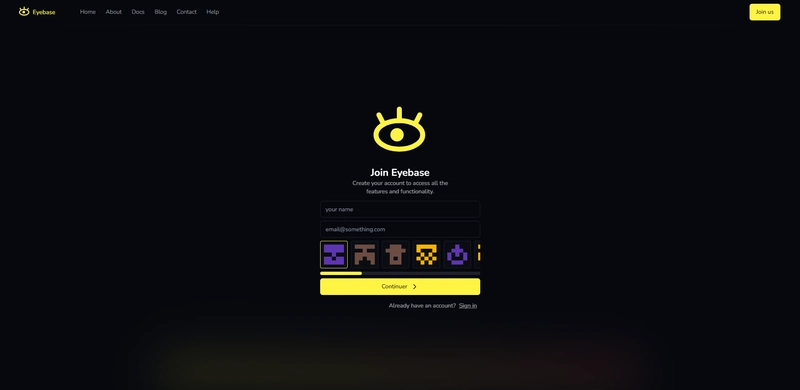
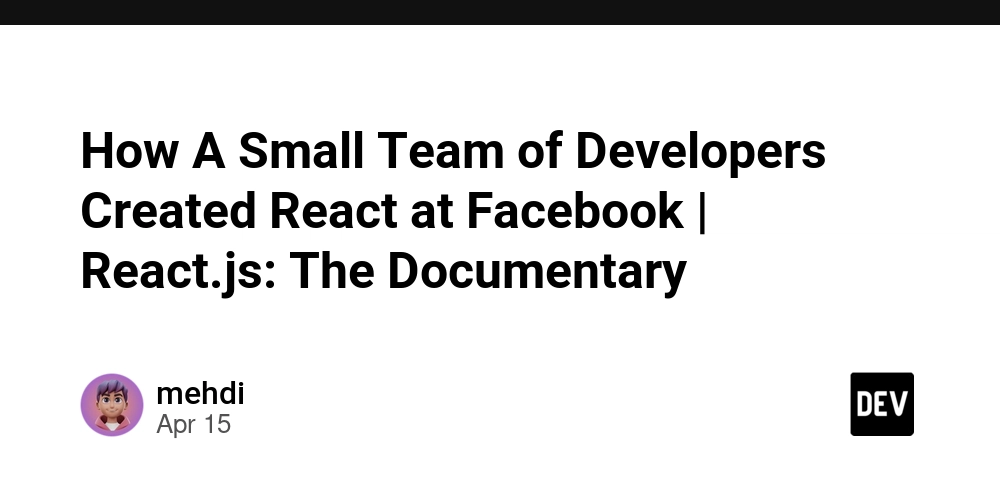




























































.jpg?#)























































.png?#)









-Baldur’s-Gate-3-The-Final-Patch---An-Animated-Short-00-03-43.png?width=1920&height=1920&fit=bounds&quality=70&format=jpg&auto=webp#)























_Aleksey_Funtap_Alamy.jpg?width=1280&auto=webp&quality=80&disable=upscale#)




























































































![‘Samsung Auto’ is an Android Auto alternative for Galaxy phones you can’t use [Gallery]](https://i0.wp.com/9to5google.com/wp-content/uploads/sites/4/2025/04/samsung-auto-12.jpg?resize=1200%2C628&quality=82&strip=all&ssl=1)










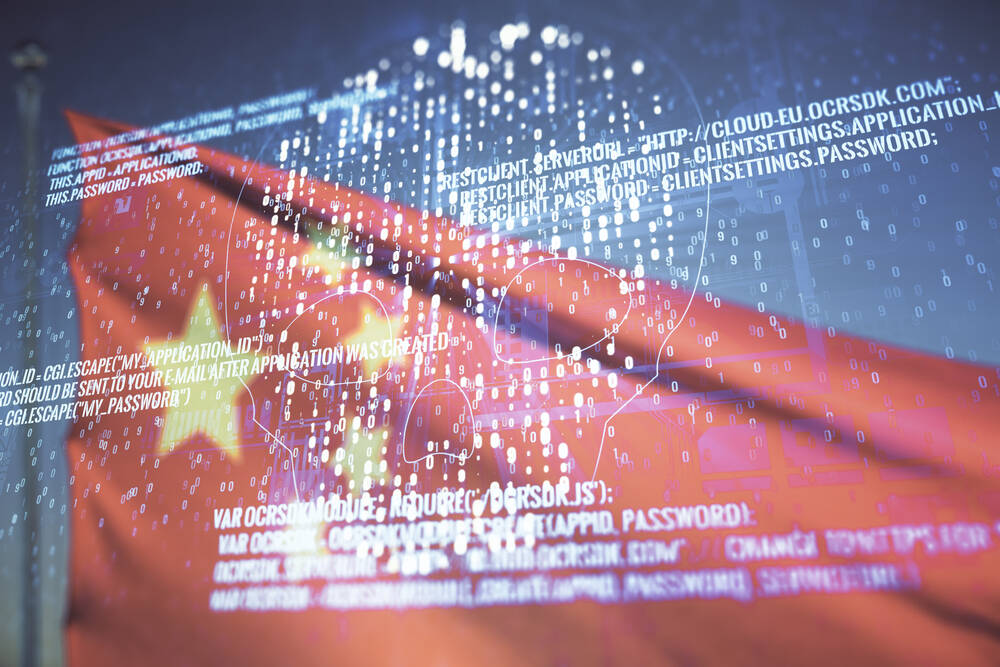

![Apple Taps Samsung as Exclusive OLED Supplier for Foldable iPhone [Report]](https://www.iclarified.com/images/news/97020/97020/97020-640.jpg)

![Apple's Foldable iPhone Won't Have Face ID for Under-Display Camera [Rumor]](https://www.iclarified.com/images/news/97017/97017/97017-640.jpg)





















































